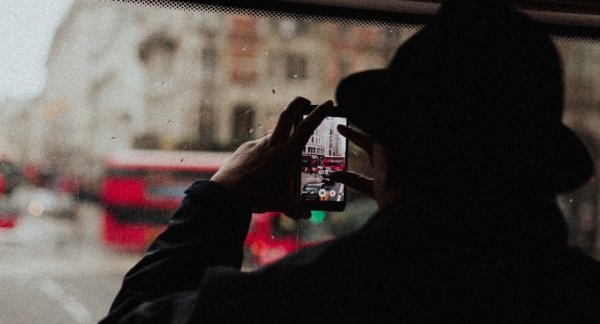Logistics of Terrorism

Spotting Activities That Could Be Acts of Preparing For a Terrorist Attack
(Part two of a three-part series)
While random acts of violence are difficult (if not impossible) to foresee, planning and preparation for a “terrorist’s attack” has certain characteristics that, when combined, can be used to identify a pending event.
Financing
Funding any significant act of terrorism will often require activities that are out of the ordinary or out of character for someone. Typically, large amounts of cash involving unusual deposit or withdrawal activity are required. Solicitations for money or collections for donations or even fraud and transactions involving counterfeit currency or goods can provide the funding for terrorists.
Acquiring Unusual Supplies

Unusual or particularly large purchases of chemicals or supplies, weapons or ammunition by unfamiliar or non-regular customers are worth noting. Attempting to acquire official uniforms, vehicles or other items that would give them access to restricted areas is another sign to look for.
A case in point was Timothy McVeigh’s and Terry Nichols’s purchase of a large amount of fertilizer that would be used to perpetrate the largest scale incident of domestic terrorism in modern US history. A close look at McVeigh’s reading and entertainment interests – as well as his radical political views – would also provide worrisome behavioral characteristics . . . but, then hindsight is, as they say, 20/20!
Deploying Assets
Getting people, supplies and vehicles into position to commit a terrorist act is often overt and observable by people familiar with the area. It’s also the most immediate indicator with the least amount of time to alert authorities of the possible danger. A good example of this was the SUV full of inflammable materials that was parked in Times Square, downtown Manhattan and brought to the attention of authorities by a street vendor familiar with the area.
Situational Awareness: Being Alert to Your Surroundings
Your best defense against terrorism is staying alert to your surroundings without becoming overly paranoid. (For more about “situational awareness” here.)
You also want to avoid “profiling” individuals. There is no “typical” terrorist appearance (Again, think of McVeigh and Nichols.) School shootings should make it clear that the perpetrators look just like your next door neighbors or that kid in the next classroom. The appropriate way to protect yourself is not to profile appearance, but to profile behaviors.
This series continues with part three, focused on a terrorist’s practices or dry-runs.
